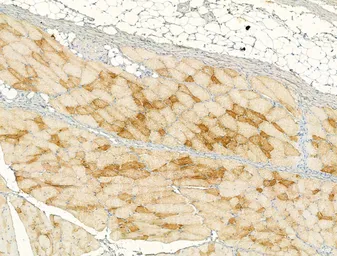Caspase 1 (cleaved Asp297) antibody
Cat. No. GTX03738
Cat. No. GTX03738
-
HostRabbit
-
ClonalityPolyclonal
-
IsotypeIgG
-
ApplicationsWB ICC/IF IHC-P
-
ReactivityHuman, Mouse, Rat


